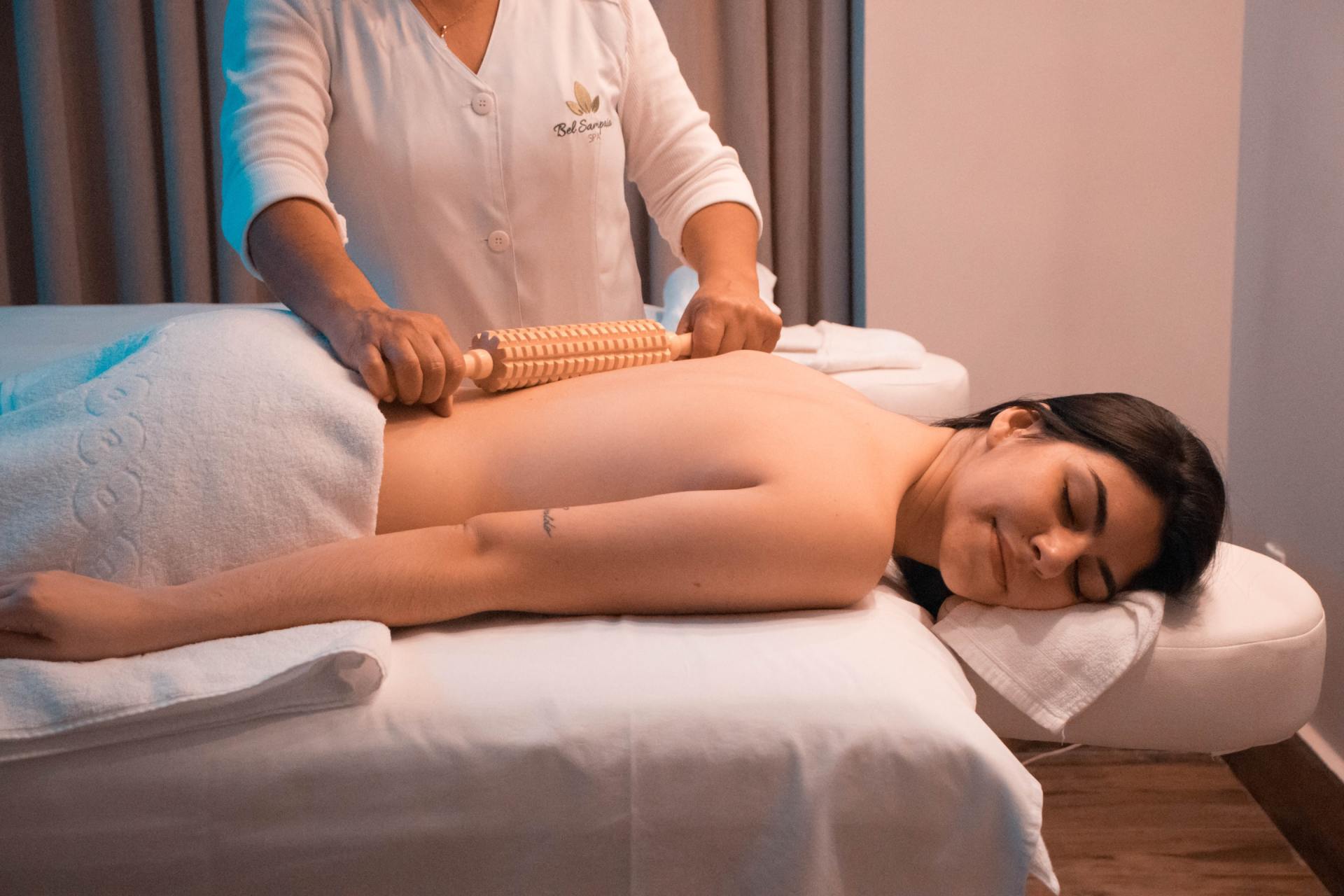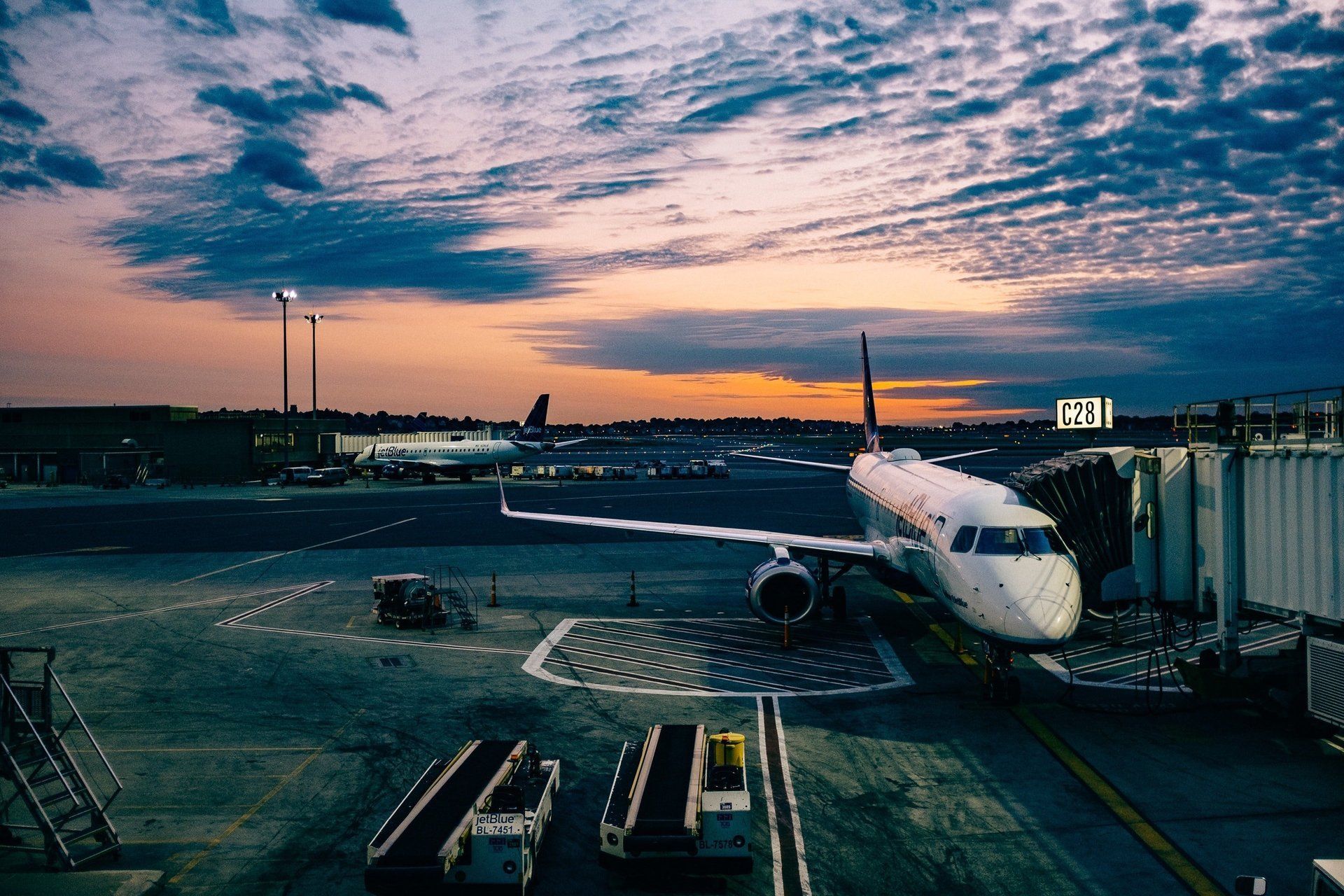What Is The ACL?
The ACL is a thick, string ligament that sits in the centre of the knee and provides stability to the knee. The main role of the ligament is to prevent the femur from moving forward on the tibia. This ligament pairs with the Posterior Cruciate Ligament, Medial and Lateral Collateral Ligaments to keep your knee strong and stable.
How do I know I’ve snapped my ACL?
The cardinal signs we look for in clinic to confirm an ACL injury are:
· You tell me a story similar to the one above
· You heard/felt a large “Pop” or “Clunk” in the knee
· Significant swelling is common, however not always the case
It is not uncommon (in fact it is usually the case) that you also tear your MCL and Medial Meniscus when you injure your ACL. When this occurs, your knee feels EVEN MORE unstable and can often be very difficult to weight bear.
Ok. My ACL is injured – what now?
If we think you have torn your ACL, you will require an MRI to confirm this. It is important to get this sooner rather than later to help determine what happens next, along with the extent of your injury.
Historically – and as is still the case in Australia now – surgery is the most common solution to this injury. There is a growing trend towards non-surgical management of ACL injuries, with early research suggesting that there may be no difference long-term between surgery and physiotherapy rehabilitation only. This is incredibly encouraging, as avoiding surgery is always great!!
This is a tricky and new horizon and requires a lot of teamwork between your surgeon and us as your physio. Either way – physiotherapy rehabilitation is necessary WITH or WITHOUT surgery. Without appropriate rehabilitation – returning to sport can increase, meaning you are 40 times more likely to re-injure your knee! Rehabilitation is usually between 9-12 months and needs to be physiotherapist-led to ensure the best chance of return to sport.
I want to prevent this!
Physique has worked hard to deliver resources to all of the sporting clubs on the Mountain to help prevent ACL injury. There is a mountain of research to show we can effectively reduce the rates of ACL injury (by up to 53%) with appropriate warmups before sport and strength/agility exercises. If you are playing sport, it is imperative to include the correct exercises and warmup to reduce the rates of this terrible injury.
Please contact Physique if you are interested in learning more, would like resources to prevent these, or if you have indeed injured your knee.
MORE SCENIC NEWS
-
ANNE HOITINK – APRIL 2, 1945 – MARCH 15, 2024
Mar 28, 2024ButtonMigrated to Australia on 29 November 1952, aged 7 years. Going directly to the suburb of Reid in Canber...
-
DO HOP IN FOR A NEW MONTE LUPO EXHIBITION
Mar 28, 2024ButtonMonte Lupo was established by Multicap in 1991 to provide meaningful employment to people living with di...
-
KERRI: AN HONOUR TO FILL THE ROLE FOR DIVISION 2
Mar 28, 2024ButtonDuring the pre-poll part of the campaign, I was very grateful for the opportunity to be able to meet an...
-
A NEW CHAPTER FOR WOLVES BASKETBALL
Mar 28, 2024ButtonAs the sun sets on an incredible experience, it's time for me, Adam Chanter, to say farewell as the Pre...
-
COMMUNITY CAMERA ALLIANCE – YOUR CHANCE TO HELP
Mar 28, 2024ButtonIt's essential for community members to remain vigilant and take steps to safeguard their properties and vehicle...
-
GALLERY’S $30,000 MAJOR ART AWARD RETURNS
Mar 28, 2024ButtonThe award, named after the sacred mountain which the Gallery overlooks, is open to artists living across the...
-
GRAND OPTIONS CATER TO MOST NEEDS AND TASTES
Mar 28, 2024ButtonFor weddings, services can be held in The Old Church, which stands as a proud member of architecturally sig...
-
GREAT SUCCESS FOR LITTLE ATHLETES
Mar 28, 2024ButtonRuby, Lily, Talia, Torah, Hugo, Leiawyn, Aric, Dean, Mitchell, Harvey and Noa; you all should be so proud ...
-
THIS TIME, IT REALLY DOES MATTER – HAVE YOUR SAY
Mar 14, 2024ButtonPaul Williams, a political scientist from Griffith University, offers insights into the “candidate scarcity...
-
THE LONG ROAD SPORTS CENTRE AND REGIONAL SPORT - WHERE DO YOU STAND
Mar 14, 2024ButtonThe SRRC Sports strategy 2010-2020 is to be shortly superseded by the 2024 – 2034 SRRC Sports Strategy....
LOCAL BUSINESS
COLUMNS
-
Beauty & Wellness
ButtonWriter: Rebecca Mander - Naturally Cos
-
Community Care
ButtonWriter: Geoff Marshall
-
Embrace
ButtonWriter: Jaap Vogel
-
Food for Thought
ButtonWriter: Dylan Gittoes
-
Hooked on Books
ButtonWriter: Friends of TM Library
-
Living with Dogs
ButtonWriter: Pam Brandis (Dip. Canine Prac.)
-
Nature Notes
ButtonWriter: Nadia O’Carroll
-
Pastor Kim
ButtonWriter: Pastor Kim Dale
-
Physio Talk
ButtonWriter: Neil Bell (Tamborine Mountain Physique)
-
Police News
ButtonWriter: Sgt Mark Shields
Officer in Charge
North Tamborine Police
-
Politics
ButtonWriter: Local Councillors and Representatives
-
Relationships
ButtonWriter: Linda Gray
-
The Mtn Midwife
ButtonWriter: Bree Lowing (Registered Midwife)
-
Travelling Places
ButtonWriter: Travelling Places Tamborine Mtn
-
Wine chat
ButtonWriter: Imogen Mulcahy
-
Yoga Under the Bodhi Tree
ButtonWriter: Margot Wagner
Your Local Paper
to read, keep & share

Your Local Paper
to read, keep & share
CONTACT
PO Box 118, North Tamborine Qld 4272
Phone: 0407 671 286
Email:
news@tmnews.com.au
ads@tmnews.com.au
Design by BjornSchmal.com


















